Builder J Reid & Co Class and type Windjammer Draught 7.5 m (24 ft 7 in) Length 95 m Beam 13 m | Status Museum ship Tonnage 2,376 GRT2,114 NRT Launched 1903 Draft 7.5 m | |
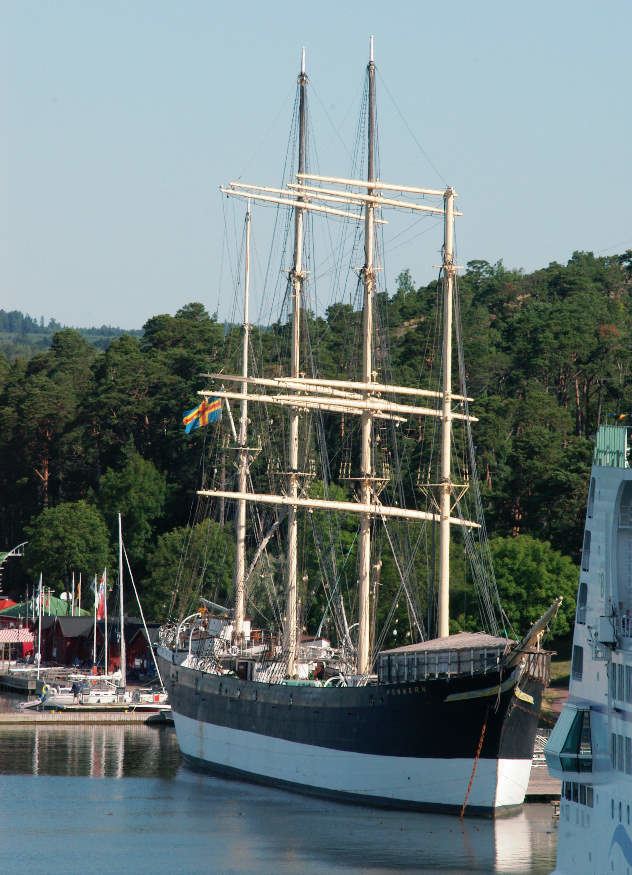 | ||
Name Mneme (1903-08)Pommern (since 1908) Similar Åland Maritime Museum, Kastelholm Castle, Passat, Peking, Joseph Conrad | ||
The Pommern, formerly the Mneme (1903–1908), is a windjammer. She is a four-masted barque that was built in 1903 in Glasgow, Scotland at the J. Reid & Co shipyard.
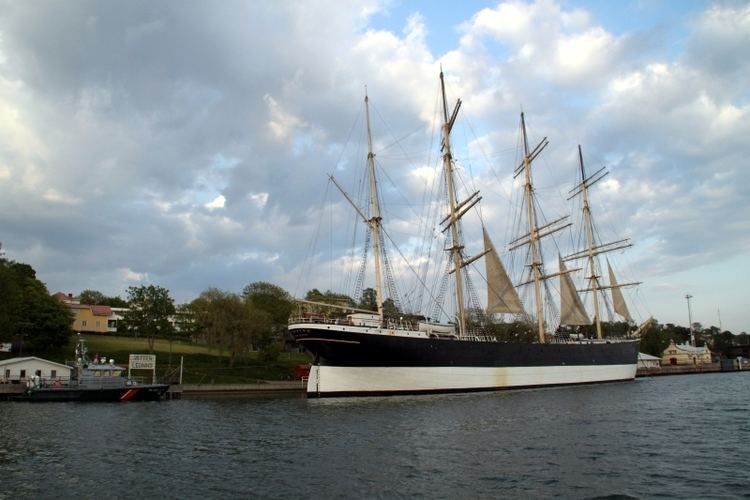
The Pommern (German for Pomerania) is one of the Flying P-Liners, the famous sailing ships of the German shipping company F. Laeisz. Later she was acquired by Gustaf Erikson of Mariehamn in the Finnish Åland archipelago, who used her to carry grain from the Spencer Gulf area in Australia to harbours in England or Ireland until the start of World War II.
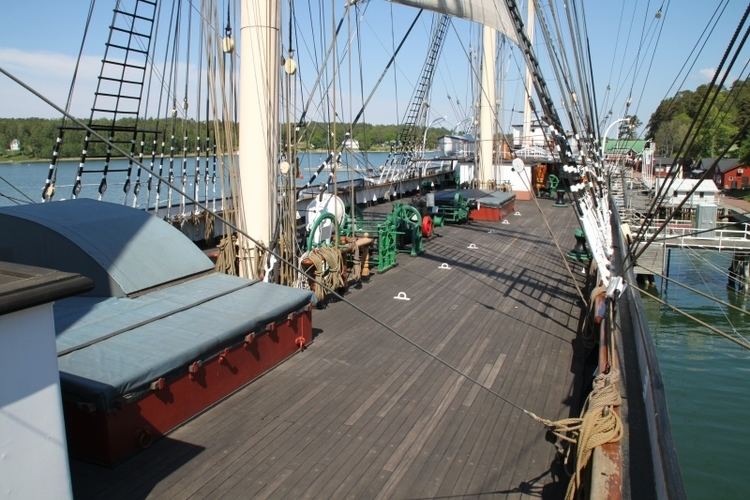
On 25 November 1928, Pommern was completely dismasted in the English Channel. Her 79 crew were taken off by the German tug Heros. The British ocean liner Lancastria offered assistance but Pommern refused it. Pommern was towed into Saint-Malo, Brittany, France, where she arrived on 30 November 1928. She was repaired and returned to service.
On 2 March 1925, Pommern ran aground at Port Germein, South Australia, but she was refloated and returned to service.
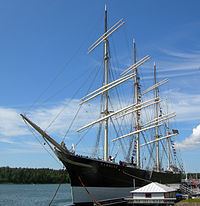
After World War II, Pommern was donated to the town of Mariehamn as a museum ship. She is now a museum ship belonging to the Åland Maritime Museum and is anchored in western Mariehamn, Åland. A collection of photographs taken by Ordinary Seaman Peter Karney in 1933 showing dramatic pictures of life on a sailing ship rounding Cape Horn can be found in the National Maritime Museum at Greenwich.
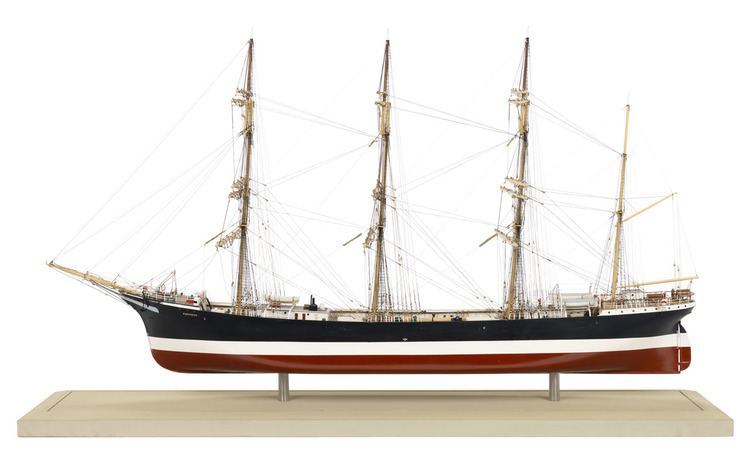
A 1:35-scale model of Pommern hangs in Grundtvigs Kirke, in Copenhagen, Denmark, though on being donated to the church in 1939, the model was renamed Dronning Alexandrine in honour of Denmark's then- queen consort.
Pommern is so-called "bald-headed barque": she does not have royals over her upper topgallant sails. Her topsails and topgallant sails have been divided in two (upper and lower) to ease their handling.
Pommern has the reputation of being a "lucky ship". She survived both world wars unscathed, lost only four crew members at sea on her journeys, and won the Great Grain Races twice, 1930 and 1937. She is one of the most popular landmarks of Åland, and is visited by thousands of visitors annually.
Four other Clyde-built tall ships are still afloat:
